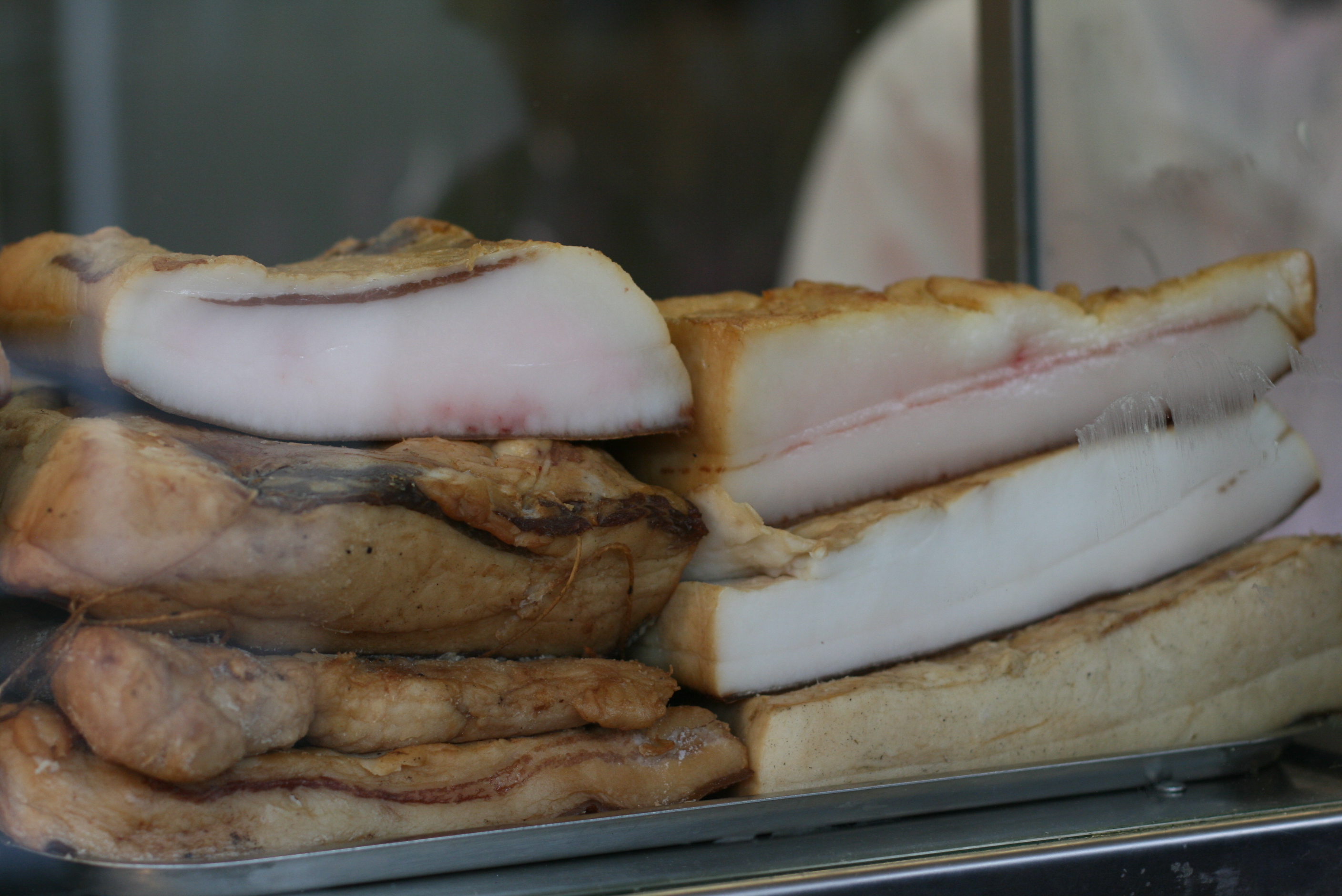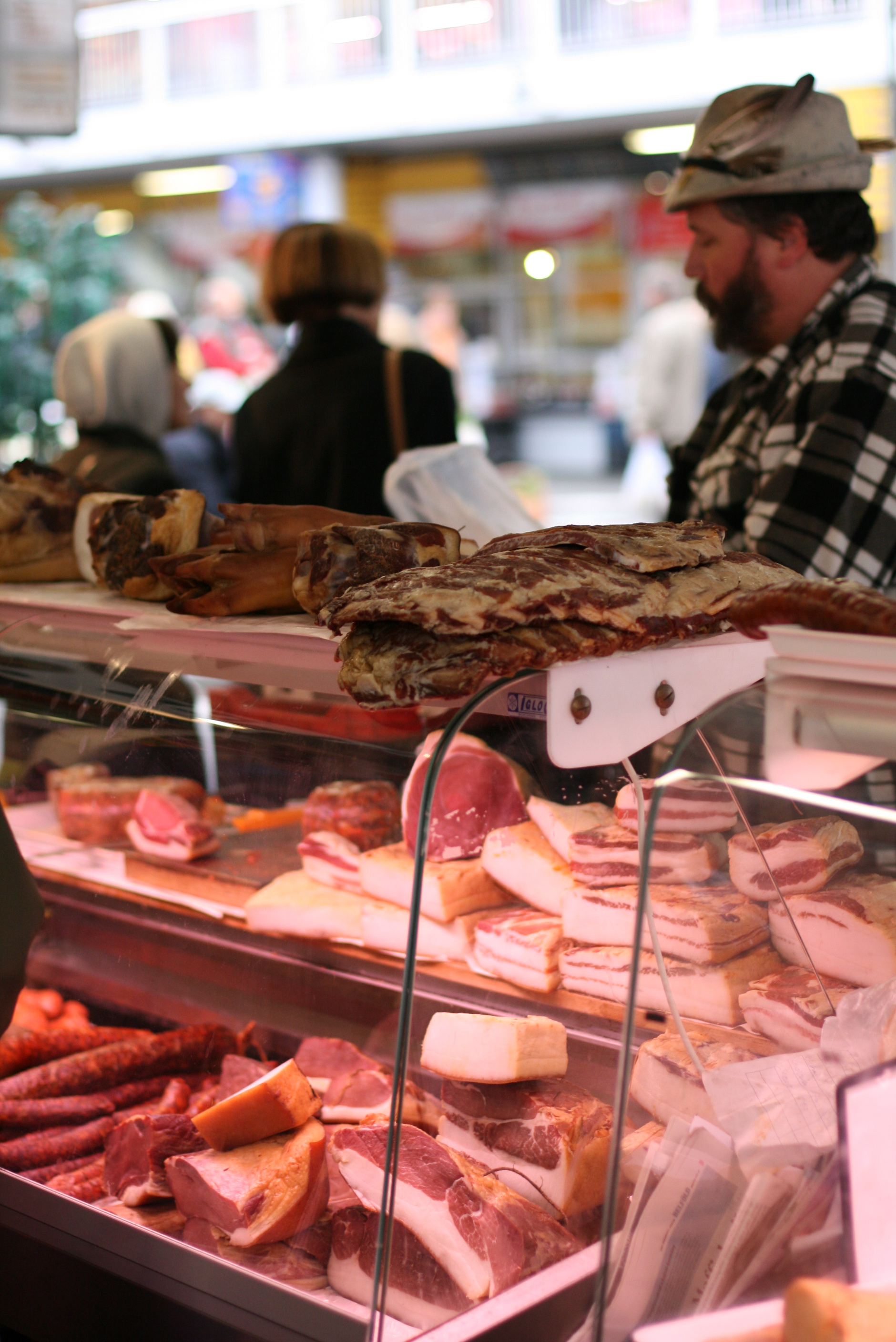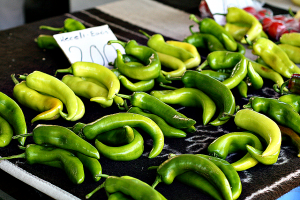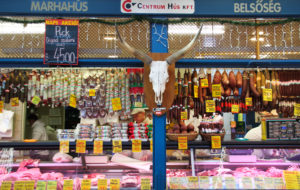
Szalonna: Call It Delicious, Just Don’t Call It Bacon
3 minutes read
Every now and again a word gets mistranslated, and that mistranslation is picked up on and replicated until it’s been hopelessly absorbed into common usage. Such is the case with the Hungarian word szalonna and English-language bacon. While there are intersections between Hungarian szalonna and bacon that make them good substitutes for each other, these are foodstuffs with different personalities and moods, and applications.
Szalonna is the common Hungarian variety of smoke-cured pork fatback. Generous menus will call it ‘Hungarian bacon’ because we don’t see much actual bacon here in Budapest. But szalonna is more like Italian lardo, or the salo of Slavic nations (as in salo-nna). It’s a typical charcuterie component, and can be eaten without cooking or preparation other than a sprinkle of dried paprika: like lardo and salo, szalonna is at home next to a pickle and salami. Go ahead, eat it cold—it’s not bacon. Szalonna drippings are added to recipes like lecsó, or soups, where it is expected to politely disappear into the broth or sauce.

Bacon, typically salt cured, more often comes from pork belly, but it’s not so much the cut as the use of the cut that separates the two. Bacon is breakfast, it’s a club sandwich ingredient—the longer the day goes on, the less you see bacon. Szalonna, on the other hand, comes to life after dark. Importantly, szalonna is the main component of the szalonna sütés, or a szalonna roast, a camping tradition where one sits around an open fire, skewers a hunk of szalonna and roasts it over the flames like a marshmallow. The trick is to heat it to the point where the fat begins to melt. The first few drops will be sacrificed to the fire, but the rest gets dripped onto crusty bread, then topped with red or green onion, radishes or peppers, or just eaten plain.

To confuse matters, or maybe to clarify them, you can find ‘bacon szalonna’ which is what quick-thinking Hungarians call American style bacon, potentially leading to your menu’s translation to read bacon bacon. Szalonna also has multiple other varieties, some that appear very bacon-like indeed, like Erdély szalonna and császár szalonna. But a hunk of any szalonna next to sunny side up eggs will look naked, coarse, while a slab of flacid bacon hanging off a stick over a fire seems like a reckless way to lose your bacon. Yet on a menu, they manage to sit together side by side with nobody raising a protest, perhaps because in the end, neither will disappoint.
Want to try authentic Hungarian charcuterie? Join Taste Hungary’s Culinary Walk or Buda Food Walk to see the best the local butchers’ have to offer. Or sign up for our Wine, Cheese, & Charcuterie Tasting or Essentials of Hungarian Wine Tasting to have it paired with local wines.










Comments(0)
Leave a comment!